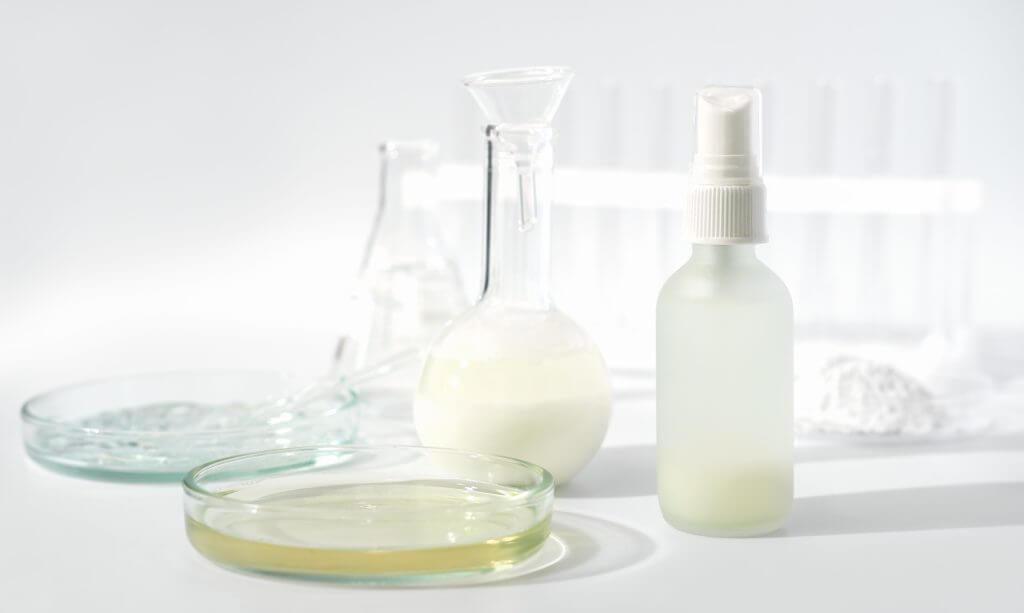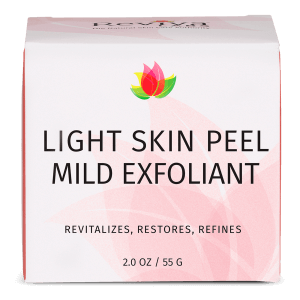Ingredients, Natural, Reviva Labs, Skin Care
When to Use Azelaic Acid in Your Skincare Routine
Azelaic acid is a versatile ingredient gaining popularity in the skincare industry for its myriad of benefits. Derived from grains such as barley, wheat, and rye, it is well-regarded for its ability to address various skin concerns. Whether you’re dealing with acne, rosacea, hyperpigmentation, or just looking to refine your skin’s texture, understanding when and how to incorporate azelaic acid into your routine can be transformative.
Understanding Azelaic Acid
Azelaic acid functions as a gentle yet effective treatment for numerous skin issues. It works by exfoliating the skin, reducing inflammation, and killing acne-causing bacteria. This makes it a valuable addition to any skincare regimen, particularly for those with sensitive or reactive skin types. Unlike some harsher acids, azelaic acid offers a balanced approach to skin care, providing significant benefits without causing excessive irritation.
Incorporating Azelaic Acid for Acne Treatment
For those struggling with acne, azelaic acid can be a game-changer. It targets the root causes of acne by reducing the proliferation of acne-causing bacteria and preventing pores from becoming clogged. This dual action not only helps to clear existing breakouts but also reduces the likelihood of future flare-ups. Studies have shown that azelaic acid can be as effective as traditional treatments like benzoyl peroxide or retinoids, but with fewer side effects. For instance, a study published in the Journal of the American Academy of Dermatology found that a 20% azelaic acid cream significantly improved acne symptoms in participants.
Managing Rosacea with Azelaic Acid
Rosacea, characterized by redness, swelling, and visible blood vessels, can be particularly challenging to manage. Azelaic acid offers relief by reducing inflammation and minimizing redness. It works by inhibiting the production of reactive oxygen species in the skin, which are known to trigger inflammatory responses. Regular use of azelaic acid can lead to a noticeable reduction in the symptoms of rosacea, improving the overall appearance of the skin.
Addressing Hyperpigmentation
Hyperpigmentation, or dark spots, can result from acne, sun damage, or hormonal changes. Azelaic acid helps to fade these spots by inhibiting the enzyme tyrosinase, which is crucial in the production of melanin. Over time, consistent use of azelaic acid can result in a more even skin tone and a reduction in the visibility of dark spots. This makes it a popular choice for individuals seeking to brighten their complexion without resorting to more aggressive treatments.
a study published in the Journal of the American Academy of Dermatology found that a 20% azelaic acid cream significantly improved acne symptoms in participants.
Improving Skin Texture and Tone
Beyond treating specific conditions, azelaic acid can enhance overall skin texture and tone. Its gentle exfoliating properties help to remove dead skin cells, promoting a smoother, more refined skin surface. This not only makes the skin look more radiant but also improves the absorption of other skincare products, making your entire routine more effective.
When to Use Azelaic Acid in Your Routine
The timing of azelaic acid application can significantly impact its effectiveness. Generally, azelaic acid can be used both in the morning and evening. However, it is essential to consider your overall skincare routine and the products you are using. Here are some guidelines to help you determine the best time to incorporate azelaic acid into your regimen:
Morning Routine: Applying azelaic acid in the morning can help to reduce redness and inflammation throughout the day. It can be applied after cleansing and toning but before moisturizing and applying sunscreen. Because azelaic acid can make your skin more sensitive to the sun, it is crucial to follow up with a broad-spectrum sunscreen with at least SPF 30.
Evening Routine: Using azelaic acid in the evening allows it to work overnight, aiding in the repair and renewal of the skin. This is particularly beneficial for treating acne and hyperpigmentation, as the skin’s regenerative processes are more active at night. Apply azelaic acid after cleansing and toning, but before heavier creams or oils.
Combining Azelaic Acid with Other Skincare Ingredients
Azelaic acid is generally well-tolerated and can be combined with various other skincare ingredients to enhance its benefits. Here are some combinations to consider:
Niacinamide: Combining azelaic acid with niacinamide can enhance its anti-inflammatory and skin-brightening effects. Niacinamide is known for its ability to soothe the skin and improve its barrier function, making this combination particularly beneficial for sensitive skin.
Hyaluronic Acid: To keep the skin hydrated and plump, pair azelaic acid with hyaluronic acid. This hydrating ingredient helps to attract and retain moisture in the skin, counteracting any potential dryness caused by azelaic acid.
Salicylic Acid: For those with acne-prone skin, using salicylic acid in conjunction with azelaic acid can provide a powerful anti-acne duo. Salicylic acid helps to unclog pores, while azelaic acid reduces inflammation and bacteria.
Potential Side Effects and Precautions
While azelaic acid is generally safe for most skin types, some individuals may experience mild side effects, particularly when first incorporating it into their routine. These can include slight redness, itching, or a stinging sensation. To minimize these effects, it is advisable to start with a lower concentration and gradually increase as your skin builds tolerance.
It is also important to patch-test new products to ensure you do not have an adverse reaction. Apply a small amount of the product to a discreet area of skin and wait 24 hours to observe any reactions. If you experience severe irritation or an allergic reaction, discontinue use and consult a dermatologist.
Selecting the Right Azelaic Acid Product
When choosing an azelaic acid product, consider the formulation and concentration. Azelaic acid is available in various forms, including gels, creams, and serums. The choice of formulation can depend on your skin type and specific concerns. For example, those with oily or acne-prone skin may prefer a gel or serum, while individuals with dry or sensitive skin might opt for a cream.
Concentration is another crucial factor. Over-the-counter products typically contain 10-15% azelaic acid, which is effective for general skincare concerns. For more severe conditions like rosacea or persistent hyperpigmentation, a higher concentration may be necessary, which is usually available through prescription.
Integrating Azelaic Acid with a Skincare Routine
To maximize the benefits of azelaic acid, it is essential to integrate it thoughtfully into your skincare routine. Start by introducing it slowly, using it every other day or a few times a week, and gradually increase the frequency as your skin adjusts. Pay attention to how your skin responds and adjust usage accordingly.
Maintain a consistent routine, ensuring you cleanse, tone, and moisturize your skin properly. Hydration is key, as azelaic acid can sometimes cause dryness. Using a gentle, hydrating moisturizer can help counterbalance this effect and keep your skin healthy.
Azelaic Acid is Multifaceted
Azelaic acid is a multifaceted skincare ingredient that can address a range of skin concerns from acne and rosacea to hyperpigmentation and texture issues. By understanding the best ways to incorporate it into your skincare routine, you can harness its full potential and achieve healthier, more radiant skin. Whether you use it in the morning to combat daily redness or at night to repair and renew, azelaic acid offers a gentle yet effective solution for clearer, brighter skin.










